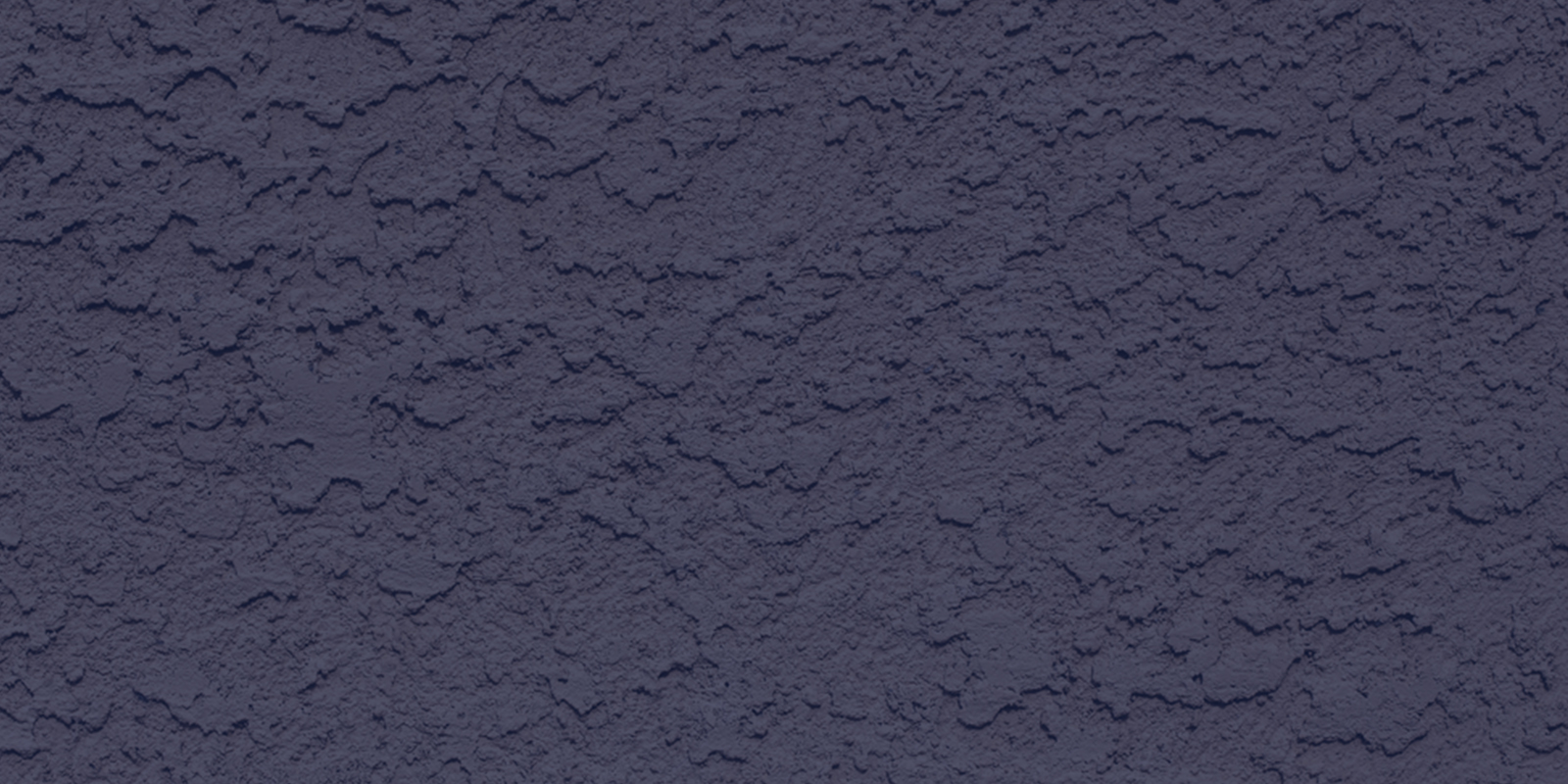A building façade is defined as the principal external wall or face of a building. For some buildings with expected service lives of 100+ years, such as high-rise buildings and signature buildings, the building owner/operator should expect that the façade will require periodic evaluation and maintenance over the life the building. Conversely, for less remarkable buildings and those with more standard service lives, the façade is often expected to last for the service life of the building with only minimal maintenance. Owners and operators of these more typical buildings don’t often expect to perform evaluations or maintenance of much significance to their building façades. However, advanced deterioration within exterior wall systems can necessitate non-trivial repairs to, and even partial or complete replacement of, façades.
One of the principal types of exterior wall system deterioration is corrosion of steel components within the façade. Advanced corrosion of façade support components; such as anchors, lintels, or shelf angles supporting a masonry veneer; can result in severe distress or even unsafe conditions. The first visible evidence of corrosion may be discoloration and localized spalling of façade elements, such as depicted in Figure 1. Distress at brittle veneer materials that manifests as displacement of all or part of the façade may be a further sign of deterioration of critical components the wall system. For example, out-of-plane movement of veneer (refer to Figure 2) indicates inadequate anchorage of the façade to the building’s structural system, which may be the result of deteriorated or disengaged anchors, or improper installation of anchors. Advanced corrosion of anchors may result in a façade failure, either with or without environmental influences such as high winds (Figure 3), and can be hazardous to building occupants and pedestrians.
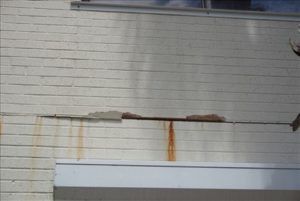
Figure 1. Corrosion at a steel shelf angle and resulting spalling in the brick veneer.
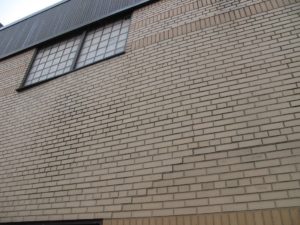
Figure 2. Appreciable out-of-plane movement and separations within brick veneer at a building façade (note the displacement of the veneer relative to the upper window).
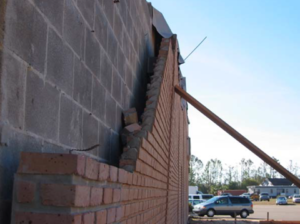
Figure 3. Failed and collapsed brick veneer in an area with corroded wall anchors. This building experienced high winds and the resulting loads exceeded the capacity of the deteriorated tie anchorages for the veneer.
Unfortunately, the degree of deterioration of wall systems is often not readily visible, and often goes unrecognized until a failure occurs (Figure 4). Therefore, periodic façade assessments may be necessary to specifically evaluate for deterioration of components within the wall, especially for buildings located in aggressive environments (e.g. coastal areas).
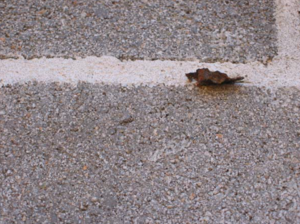
Figure 4. Close-up of a corroded and fractured wall tie from the building shown in Figure 3. This anchor was severely corroded, although this could not be observed at the façade exterior prior to collapse.
Nelson’s experts evaluate façade systems to determine the cause(s) and extent of distress and can provide recommendations for remediation when viable.

